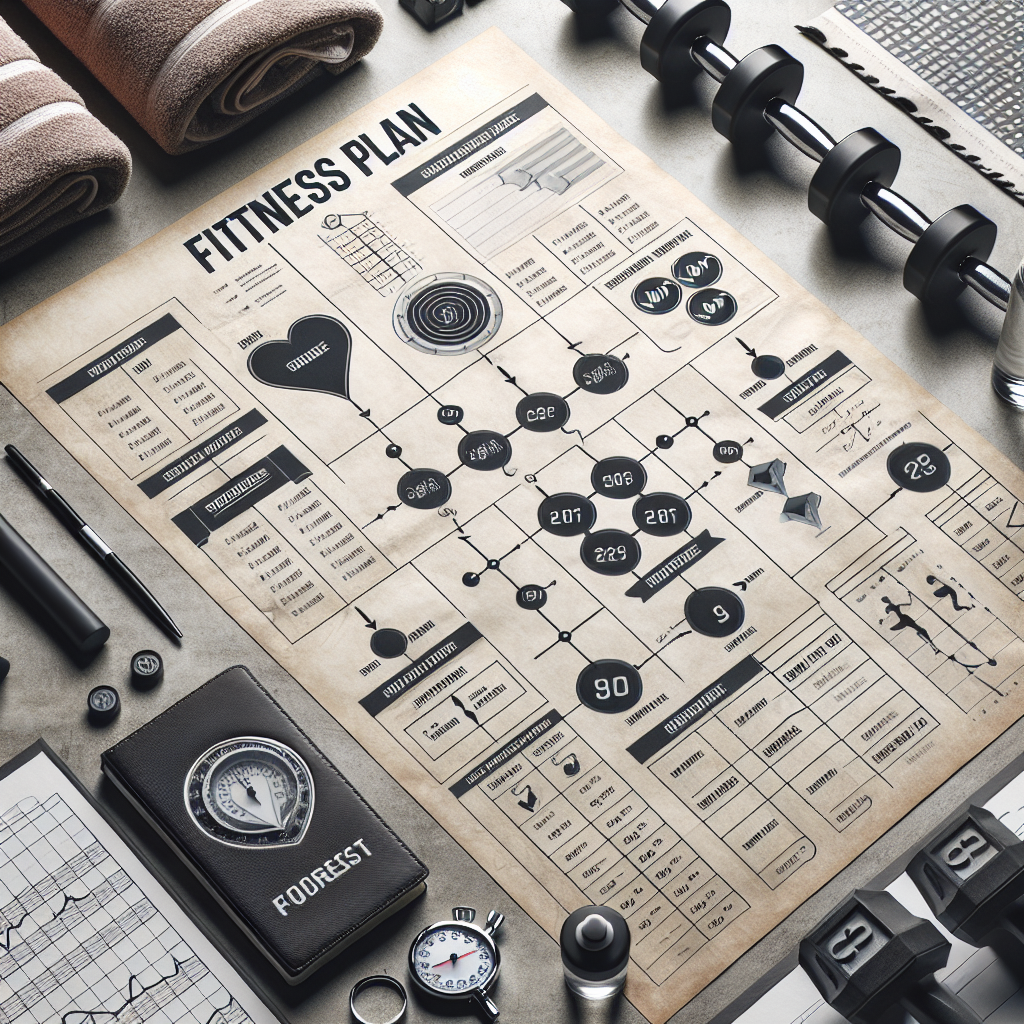In the quest for peak physical health, the importance of a well-rounded fitness regimen cannot be overstated. A comprehensive fitness program is the cornerstone of not just athletic performance, but also long-term health and wellness. This extensive guide will help you design your ultimate fitness program that caters to all aspects of your physical health, integrating strength, flexibility, endurance, and balance.
The Pillars of a Holistic Fitness Regimen
Strength Training: The Foundation
Resistance or strength training is pivotal in building muscle mass and bone density, which are essential for everyday activities and long-term health. Incorporating effective strength training routines can improve your physical performance and protect against injuries. Free weights, machines, and bodyweight exercises all play a role in a balanced strength-building program.
Cardiovascular Endurance: The Heart of Fitness
Cardiovascular exercise, such as running, cycling, or swimming, is key to improving heart health and increasing stamina. Cardiovascular training not only boosts your heart function but also aids in weight management and reduces the risk of chronic diseases.
Flexibility and Mobility: The Art of Movement
Maintaining flexibility is critical to perform daily tasks seamlessly. Yoga and stretching exercises help in preserving joint range of motion and preventing muscle stiffness. Understanding how to maintain flexibility while building strength is essential to a well-rounded fitness program.
Balance and Core Stability: The Silent Heroes
A strong core leads to better balance, which is crucial for all physical activities. Advanced core exercises can enhance your body’s stability and coordination, making you more proficient in any sport or physical pursuit.
Understanding Your Body’s Needs
To design a fitness program that truly fits, it’s imperative to understand your body’s unique requirements. This involves recognizing your current fitness level, any existing health conditions, and your specific fitness goals.
Setting Realistic Goals
Whether you’re looking to lose weight, build muscle, or enhance athletic performance, setting SMART (Specific, Measurable, Achievable, Relevant, Time-bound) goals will give your fitness journey direction and purpose.
Personalized Nutrition
A well-rounded fitness regimen goes hand-in-hand with a balanced diet. Including the right micronutrients in your diet can vastly improve your athletic performance and recovery times.
Rest and Recovery
Rest days are as crucial as workout days. Muscles need time to repair and grow, and the body needs time to recover from the stress of exercise. Including active recovery or mind-body practices like meditation can greatly improve your overall fitness.
Crafting Your Custom Fitness Plan
Assess and Begin
Start by assessing your current fitness level. You can do this by performing initial tests, like a timed run or the number of push-ups you can do in a minute. This baseline will help gauge your progress and tailor your program to your capabilities.
Mix and Match Workouts
Variety is the spice of life and the key to a successful fitness program. Combine different types of workouts to keep your body guessing and improve all fitness aspects. For instance, alternate between high-intensity interval training (HIIT) for cardiovascular gains and strength training sessions for muscle growth.
Track Progress
Use alternative methods to track your fitness progress beyond the scale. This can include performance-based metrics like increased weights, faster run times, or more repetitions of a particular exercise.
Adjust as Needed
As you develop, your fitness program should evolve too. Don’t hesitate to adjust your workouts to increase intensity or address areas that may be lagging. This will help in breaking through fitness plateaus with advanced techniques.
Expert Opinions and Research
To further substantiate the points made, it’s beneficial to reference expert opinions and research. Here are some niche resources that provide in-depth information on various aspects of fitness:
- Strength Training: The National Strength and Conditioning Association offers guidelines on resistance training programs. NSCA Guidelines
- Nutrition and Supplements: Examine.com provides unbiased information on nutrition and supplement research. Examine.com Research
- Recovery Techniques: The American Council on Exercise discusses various recovery techniques and their importance in a fitness routine. ACE Recovery Techniques
Long-Term Commitment to Fitness
Remember, fitness is a lifelong journey. Designing your ultimate fitness program is about more than just a series of workouts; it’s about creating a sustainable lifestyle that supports your health and wellbeing through every stage of life. Explore fitness strategies for each decade to stay active and healthy as you age.
Conclusion
Crafting the ultimate fitness program is an art and a science. It requires understanding your body’s needs, setting goals, and creating a balanced regimen that promotes strength, endurance, flexibility, and balance. With the right mix of exercises, nutrition, and rest, you will pave the way for a fitter, healthier you. Remember to consult with a fitness professional to tailor your program to your specific needs and always listen to your body. Let the journey to peak fitness begin!



